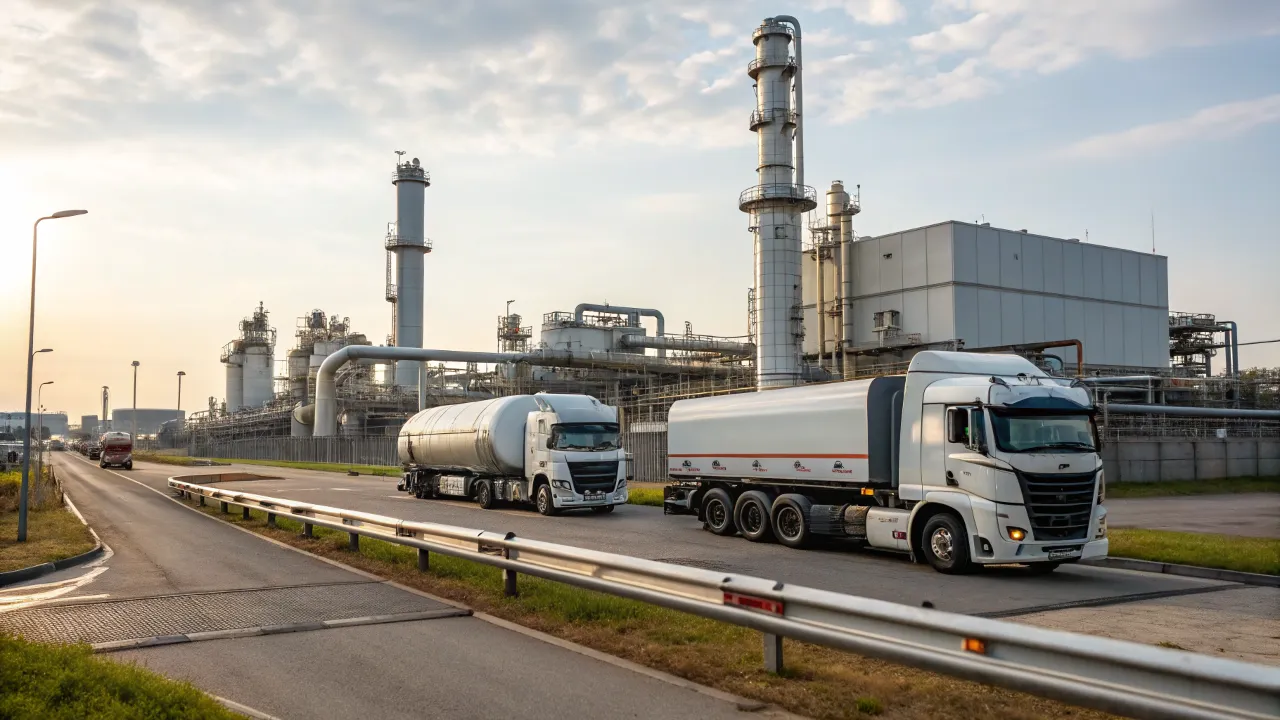Table of Contents
The energy sector is undergoing a significant transformation, with independent gas transporters (IGTs) playing an increasingly vital role in the distribution and supply of natural gas.
Unlike traditional utility companies, IGTs operate separately from major gas suppliers, offering flexibility, competitive pricing, and innovative solutions to meet modern energy demands.
As the global push for cleaner energy intensifies, independent gas transporters are emerging as key players in ensuring efficient and reliable gas delivery. This article explores the growing influence of IGTs, their benefits, challenges, and their potential to reshape the future of gas transportation.
What is an Independent Gas Transporter?
An independent gas transporter is a company responsible for building, maintaining, and operating gas pipelines and infrastructure without being tied to a single gas supplier. These entities work on a contractual basis, supplying gas to businesses, industries, and households while ensuring compliance with safety and regulatory standards.
Key Characteristics of IGTs:
- Non-Supplier Ownership: Unlike traditional gas companies, IGTs do not produce or sell gas but focus solely on transportation.
- Competitive Pricing: By operating independently, they often provide cost-effective solutions compared to vertically integrated utilities.
- Infrastructure Innovation: Many IGTs invest in advanced pipeline technology and smart monitoring systems.
The rise of independent gas transporters has introduced much-needed competition in the energy market, benefiting consumers and businesses alike.
By operating outside traditional utility monopolies, these companies deliver biomonitor to agents, ensuring real-time tracking of pipeline integrity and gas quality.
This innovation enhances efficiency while maintaining safety standards, further solidifying the crucial role of IGTs in modern energy logistics.
The Role of Independent Gas Transporters in Modern Energy Logistics
1. Enhancing Market Competition
Historically, gas distribution was dominated by large utility companies with monopolistic control. The entry of independent gas transporters has disrupted this model, fostering competition and driving down costs.
For example, in the UK, IGTs like GTC (Gas Transportation Company) and Independent Gas Transporter Limited have expanded network options for consumers.
2. Supporting Renewable Energy Integration
As the world shifts toward sustainable energy, IGTs are adapting by blending biogas and hydrogen into existing gas networks. Some independent gas transporters are investing in green gas corridors, enabling cleaner energy distribution without requiring complete infrastructure overhauls.
3. Improving Infrastructure Efficiency
IGTs often utilize cutting-edge technology, such as AI-powered leak detection and automated pressure monitoring, to enhance pipeline safety and efficiency. This proactive approach minimizes disruptions and reduces environmental risks.
Also Read: Specialized Transportation Inc: Delivering Excellence in Niche Logistics Solutions
Challenges Faced by Independent Gas Transporters
Despite their advantages, IGT encounter several hurdles:
1. Regulatory Compliance
Gas transportation is heavily regulated to ensure safety and fair pricing. Independent gas transporters must navigate complex legal frameworks, which can slow expansion.
2. High Initial Investment
Building and maintaining pipelines requires significant capital. Smaller IGTs may struggle to compete with established utility giants without substantial funding.
3. Public Perception and Trust
Since IGTs are relatively new, some consumers remain skeptical about their reliability compared to traditional suppliers. Building trust through transparency and consistent service is crucial.
Case Studies: Successful Independent Gas Transporters
1. GTC (UK) – Expanding Access in Rural Areas
GTC has been instrumental in connecting remote communities to the gas grid, where major suppliers previously deemed expansion unprofitable. Their flexible approach has made gas access more equitable.
2. GasNet (New Zealand) – Pioneering Hydrogen Blending
GasNet, an independent gas transporter in New Zealand, is testing hydrogen-natural gas blends, positioning itself as a leader in sustainable gas distribution.
The Future of Independent Gas Transporters
The demand for flexible, cost-effective, and eco-friendly gas transportation is rising. Independent gas transporters are well-positioned to lead this evolution by:
- Expanding into emerging markets with underdeveloped gas infrastructure.
- Partnering with renewable energy firms to create hybrid gas networks.
- Leveraging digital tools for smarter, more efficient distribution.
As governments worldwide push for decentralized energy systems, IGTs will likely play an even greater role in shaping the future of gas logistics.
Closing Words
Independent gas transporters are revolutionizing the energy sector by introducing competition, innovation, and efficiency into gas distribution.
While challenges like regulatory barriers and high costs persist, their ability to adapt and integrate sustainable practices makes them indispensable in the evolving energy landscape.
As consumers and businesses increasingly prioritize affordability and sustainability, the influence of independent gas transporters will only grow, paving the way for a more dynamic and resilient gas supply network.

